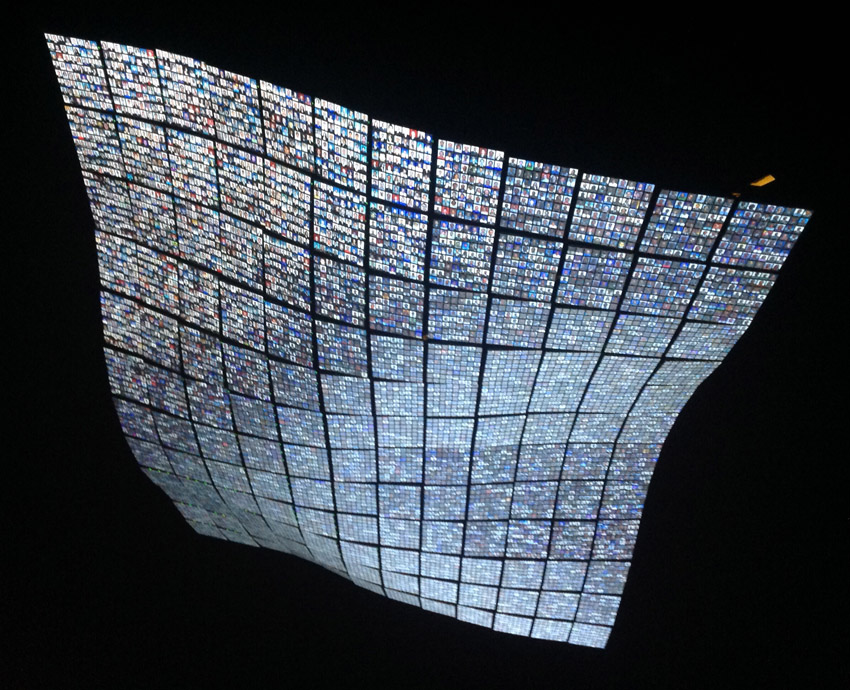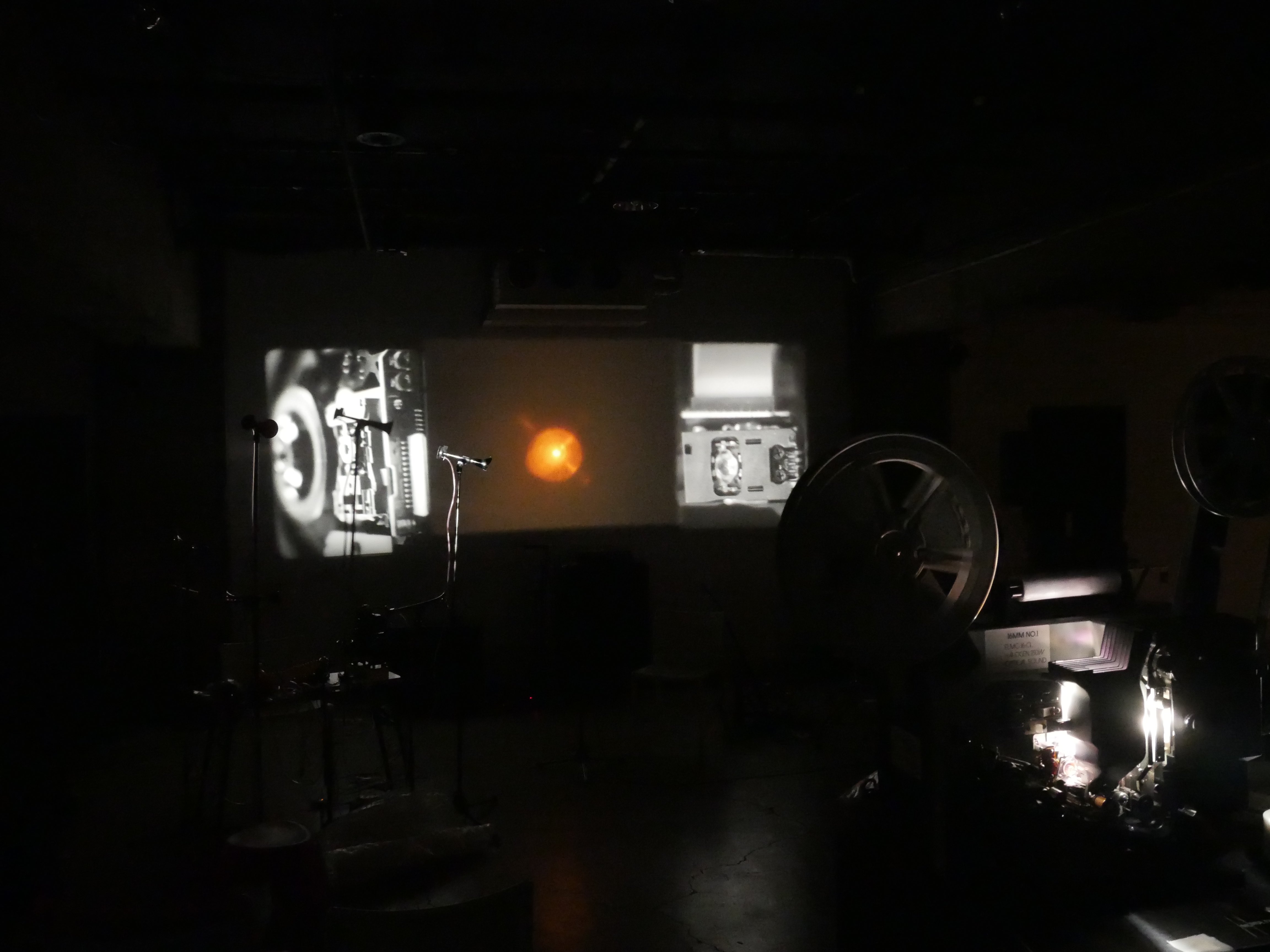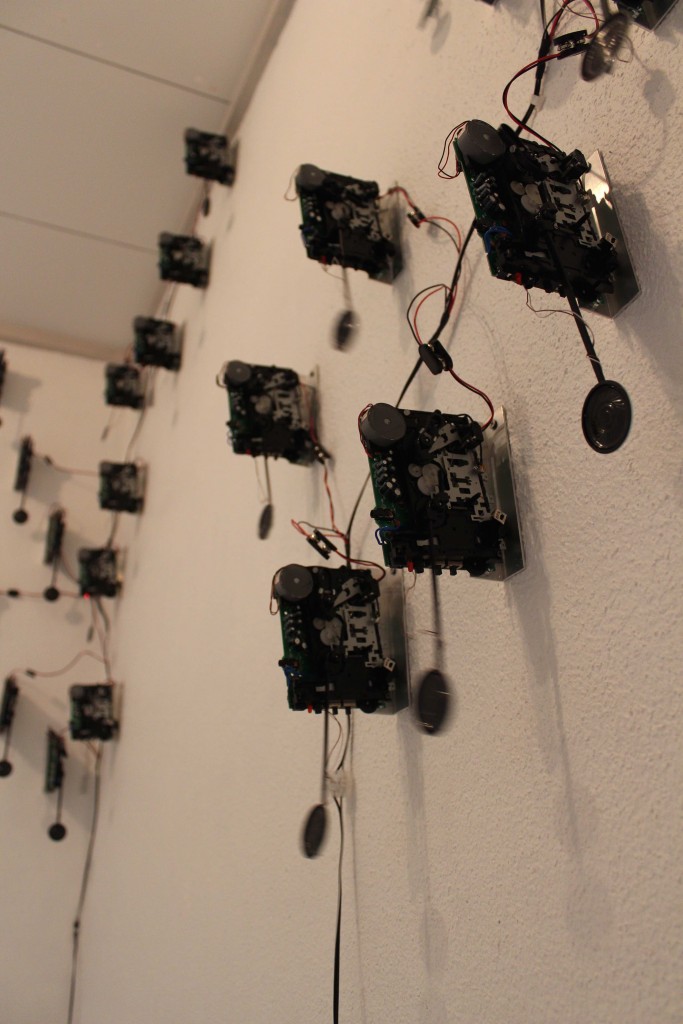Shwetal A. Patel is a PhD student at Winchester School of Art and a founding member of Kochi-Muziris Biennale. As a founding member of KMB, Patel took a wide ranging role, which involved research and national and international advocacy duties, including a key initiative between Google Art Project and KMB to bring the biennial experience to internet audiences globally. In this post, Shwetal provides an overview of ‘Analogue Audiences / Digital Interfaces’, a symposium he organised for WSA examining contemporary audiences in the context of galleries and museums. The symposium was held on the 24th November 2015, at the Royal Institute of British Architects in London.
‘Analogue Audience/Digital Interfaces’ was an attempt by us to discover something of the nature of the consumption, appreciation and understanding of artworks and how this is changed when a digital interface is interposed between artwork and viewer. Our collective intention was to explore the notion of the ever increasing digitisation and dissemination of art in the internet era, and also to explore philosophical and ideological issues and use this as the beginning for a larger discussion of our age. The selection of the speakers and moderators was made so as not to distil pre conceived notions or provide neat ‘take aways’, but rather to gather a diverse range of voices that could set up important questions and examples of what was going on in the field. Following a brief introduction by myself, Ryan Bishop lay some of the theoretical groundwork for the symposium including the notion that interfaces can be simultaneously productive, alienating and liberating and that machines were increasingly speaking directly to other machines in the current phase of technological advancement.
The first speaker in the symposium was Hannah Redler, an independent curator talked about a recent project curated by Lucy Dusgate for which Hannah selected key works as one of 5 guest curators. The show, titled Right Here Right Now, is an exhibition of contemporary art engaged in digital culture (Right Here Right Now is open at the Lowry until February 2016). Hannah is also the Open Data Institute Associate Curator, and a consultant art curator for the Institute of Physics where she recently co-curated an events series for Tate Modern titled ‘Light and Dark Matters’, with Tate and IOP programming teams Hannah brought a wealth of experience of working with artists who are using technology and digital strategies in interesting and unique ways.
Image: The Portrait of Sakıp Sabancı (2014) by Kütlag Ataman at the Sabanci Museum. Photo: Shwetal A. Patel.




